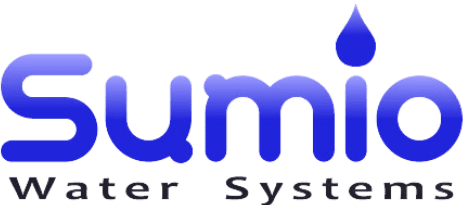The Best Option in Primary Treatment of Produced Water.
The corrugated plates separator is the first option to consider in the gravity separation of oily waters, especially in those effluents with a low presence of suspended solids, as is the case of produced waters. By not having moving parts and having a greater surface area, in a smaller volume, they make it the most compact and efficient selection for oil and water separation.
Its residence time is approximately one-fifth of that of a conventional API separator.
Operation of a Corrugated Plates Separator Tank
Oily water enters the CPS corrugated plates separator unit towards the inlet compartment which in turn acts as a pre-sedimentation chamber for suspended solids. In this chamber, the velocity of the incoming effluent is reduced and directed toward the inlet of the plate pack where it comes into contact with large oil droplets that exit the pack in an upward flow. The oily effluent, with small droplets and remaining solid particles, then enters the plate pack where a laminar flow is established.
Corrugated Plates Separator Pack
The Corrugated Plate pack is the heart of the equipment, it is designed to increase the surface area by placing the plates in parallel, distributing the total flow in multiple parallel channels, and facilitating the coalescence and separation of the finest oil droplets from the effluent. Typical plate spacing is 3/4″ inch; Greater spacings can be used for effluents that create plugging from higher solids concentrations. The effluent flow is distributed evenly between each of the plate channels and in a downward direction at an inclination of 45º.
The oil in each of the plate channels rises toward the ridges of the corrugated plate and flows counterflow toward the package inlet, then rises to the surface of the tank. The solids, on the other hand, settle in the valleys of the plates and flow down along with the effluent to settle at the bottom of the tank.

CORRUGATED PLATES MATERIALS
The selection of plate materials is made based on the effluent temperature. Fiberglass is the option for effluent temperatures below 45 ºC and stainless steel for higher temperatures.
Other Applications
Among the most common applications of corrugated plate separators are the following:
- Produced Water
- Ballast or Bilge Water
- Runoff Water
- Equipment Washing Water.
Standard Models List
| Modelo |
Flujo |
Dimensiones Tanque (m) |
Peso aproximado (kgs) | ||
|---|---|---|---|---|---|
|
GPM |
m3/h | Vacío | Lleno | ||
|
SWSCPS010 |
10 |
2 |
1,35 x 0.91 x 1.17 |
341 |
636 |
|
SWSCPS060 |
60 |
14 |
2,43 x 1,42 x 2,13 |
867 |
5.448 |
|
SWSCPS125 |
125 |
28 |
3,05 x 1,42 x 2,29 |
1.816 |
8.626 |
|
SWSCPS250 |
250 |
57 |
3,4 × 1,42 x 2,82 |
2.225 |
12.530 |
|
SWSCPS500 |
500 |
114 |
3,25 x 2,64 x 2,82 |
3.087 |
20.430 |
|
SWSCPS750 |
750 |
170 |
3,61 x 3,86 x 2,82 |
5.448 |
31.962 |
|
SWSCPS1000 |
1000 |
227 |
4,83 x 2,67 x 3,66 |
6.356 |
40.406 |
|
SWSCPS1500 |
1500 |
341 |
4,8 x 3,86 x 3,66 |
9.216 |
59.020 |
|
SWSCPS2500 |
2500 |
568 |
4,8 x 6,30 x 3,66 |
15.845 |
76.272 |
Literatura
Cuestionario de Solicitud de Separador de Placas Corrugadas
